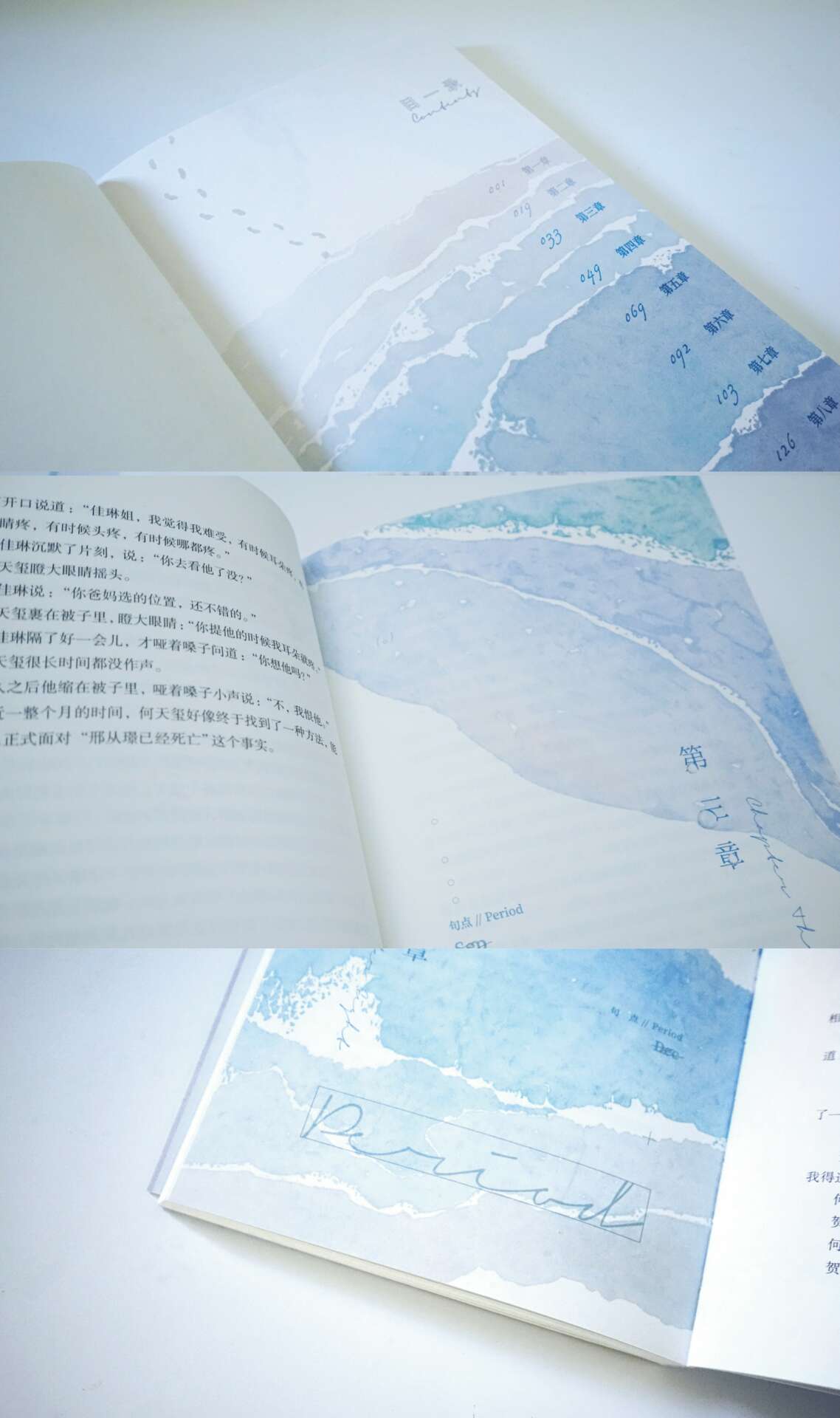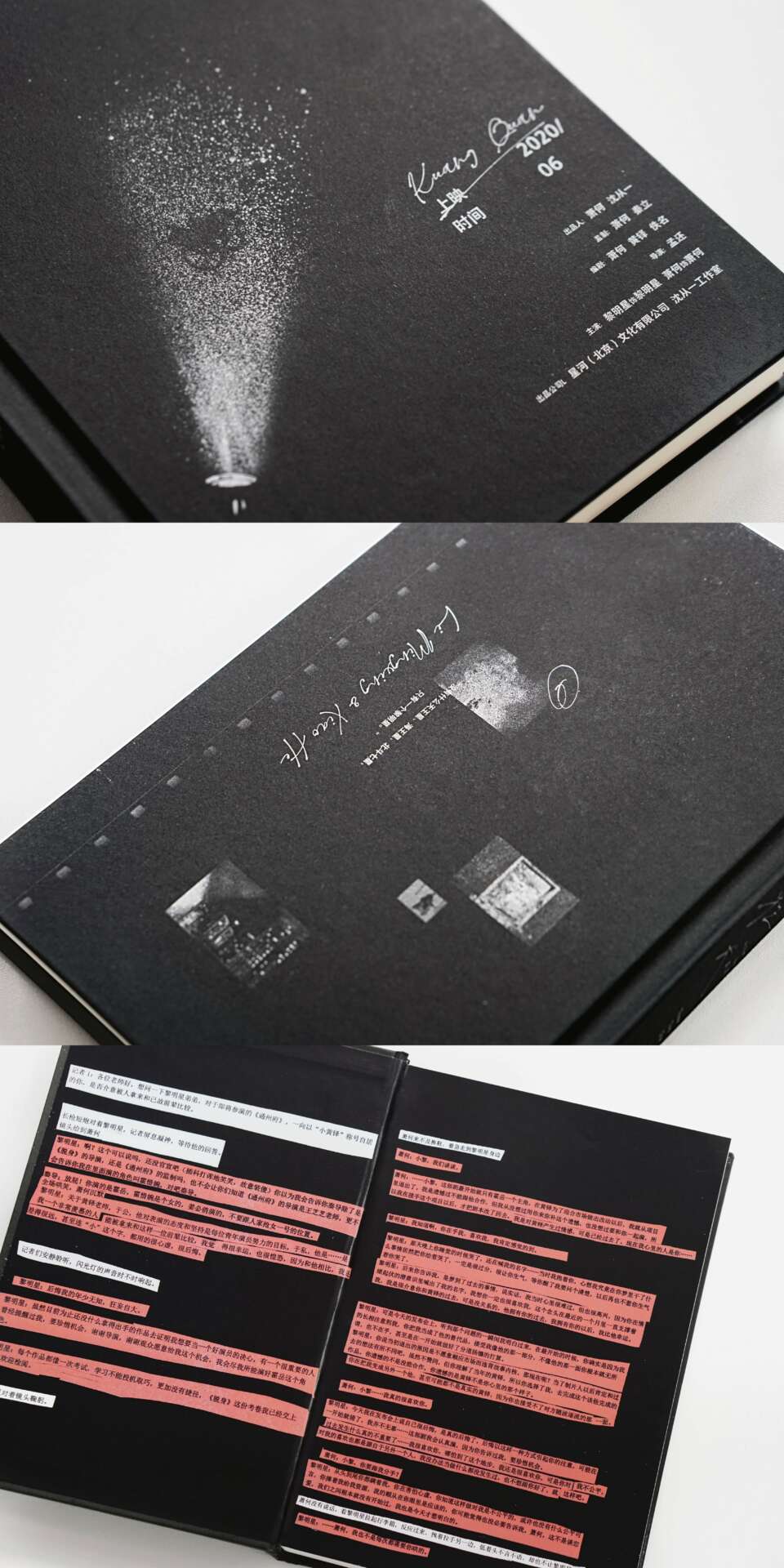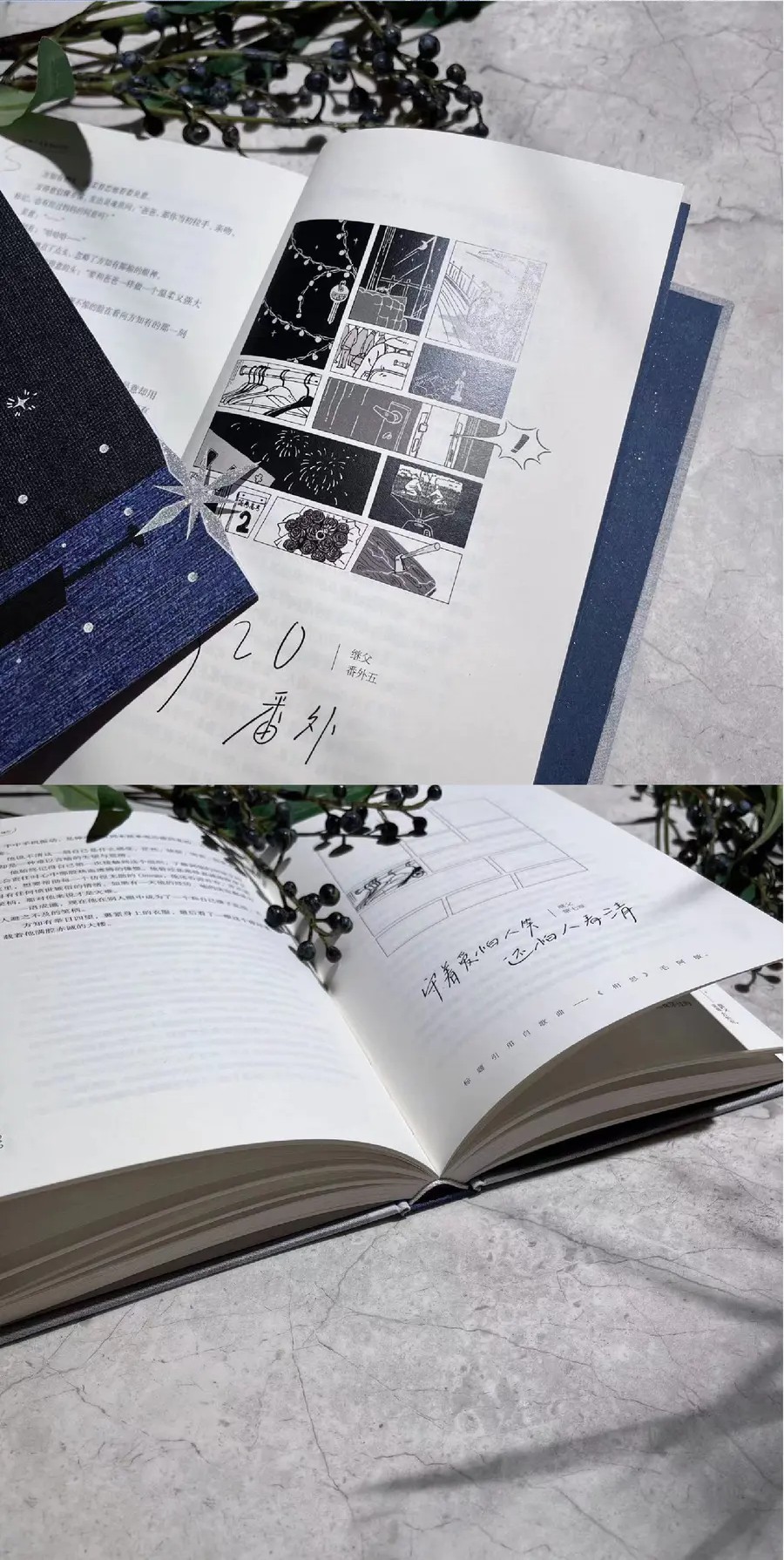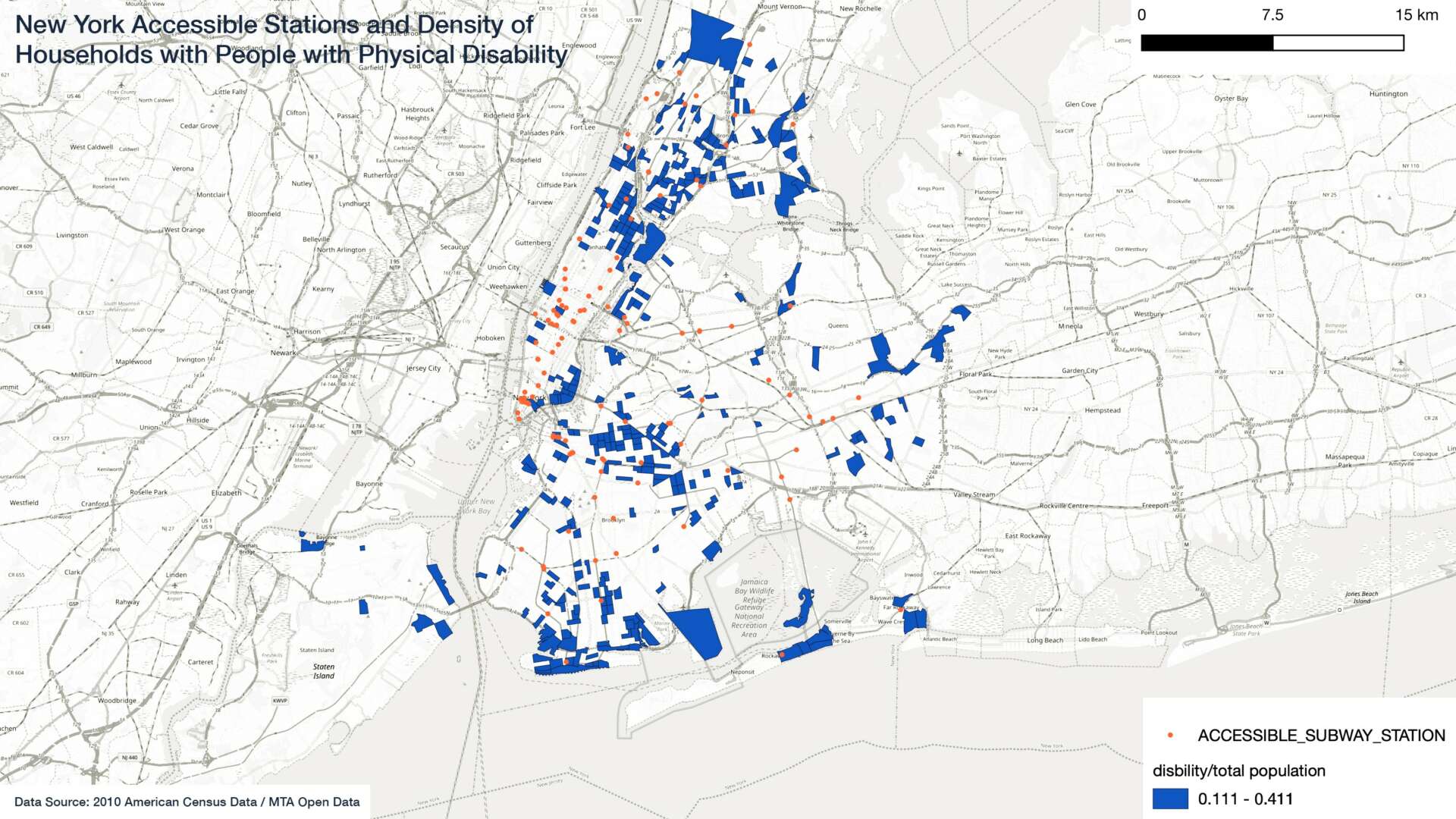Alright – so today we’ve got the honor of introducing you to Xuan Cheng. We think you’ll enjoy our conversation, we’ve shared it below.
Hi Xuan, thanks for joining us today. Can you talk to us about a project that’s meant a lot to you?
During the past 3 years, I worked as the chief designer at Cherry Fruit Culture, a Macao queer novel publisher that serves female writers and audiences. We publish queer novels that cover a wide range of social issues. As an editorial designer, I aim to help writers express their deep thinking through visual language. Instead of creating empty beautiful artifacts, I focus on authors’ perspectives on ideal relationships and how they challenge gender expectations, weaving in their personal histories, passions, and love for their own communities.
An example of this is the book I worked on called “The Pearl.” The main challenge of the book is how to convey a sense of healing after traumatic events. The protagonist in the book is broken after experiencing domestic violence during his last marriage. The book chronicles his journey of finding the courage to love again with the support of his partner. I was particularly struck by the theme of healing through the power of love and chose to represent this visually through the motif of fragmentation and integration using grids, illustrations, and typography. The deliberately fragmented illustrations underscore the protagonist’s fractured state, while I handwrote all the chapter titles to convey both vulnerability and resilience. Additionally, the merchandise I designed to complement the book’s release garnered immediate attention, resulting in the sale of 8,000 copies during the launch—a testament to the design’s impact.
But my most meaningful project was a book called Kuang Quan. This book explored the lives of two actors involved in a film centered on ALS. Reflecting on my personal connection to ALS—having witnessed my uncle and his family’s battle with the disease in my childhood—I felt a compelling drive to weave two thematic threads: the world of filmmaking and ALS. Employing silver printing for the cinematic aspect, I invited the author to reimagine her favorite scenes as script excerpts, translating their visions of the movie onto the pages. In juxtaposition, the portrayal of ALS was rendered in black watercolor, conveying an amalgam of sorrow and ambiguity, reminiscent of my uncle’s memory. The book received notable acclaim, and I vividly recall the night of its announcement when I received hundreds of comments and heartfelt interactions with our readers. That stands as a defining moment in my journey within the publishing industry. Moreover, both the author and I were moved by a shared determination to contribute to the cause. We decided to donate all the book’s proceeds to a non-profit organization dedicated to ALS.


Awesome – so before we get into the rest of our questions, can you briefly introduce yourself to our readers.
I’m a designer and data analyst, with a passion for exploring the intersection of culture, media, and data. My professional journey is a dynamic blend of roles— I’m the data analyst and designer at Technology, Humans, and Taste [THAT], a creative innovation company that creates brand-new solutions for brands and people in a world filled with unsolved problems. Our clients include Fortune 500 brands like Pepsi and Sony, intergovernmental organizations like the UN, and global startup communities. Notably, our endeavors encompass the creation of immersive experiences such as Immersive Van Goah and NFT.NYC. Within this dynamic environment, my role involves the analysis of multifaceted datasets, employing innovative methodologies to distill complex information into “human” insights.
Beyond this corporate realm, my endeavors extend into the realm of publishing, collaborating with entities across mainland China, Hong Kong, Taiwan, and Macao. Since 2020, I’ve been the Chief Designer at Cherry Fruit Culture in Macao— the most popular Chinese queer novel publisher boasting a following of 155,000 on Chinese social media platforms. Within this domain, we’ve earned acclaim for our distinctive design ethos and captivating illustrations.


For you, what’s the most rewarding aspect of being a creative?
For me, being a designer and data analyst encapsulates a synergy between perception and testing biases, fostering a deeper exploration of the human experience.
I studied Social Innovation design at the School of Visual Arts. During my second year, I collaborated with my peers at school on a project called “The Elevator Pitch.” It was a research share-out presentation for the event “Imagining an Accessible NYC” held by Gothamist and WNYC. Our goal is to provide our research and design approach as social designers on the transit accessibility issue in New York City.
Gothamist started a survey on Nov 20th, 2020 to hear the needs of the NYC transit community and gathered 1936 responses in 2 weeks. Based on that, I made a data visualization of comments and NYC boroughs. The map tells a simple fact:
Elevators are in the highest demand in all boroughs.
Then I layered the MTA elevator map onto a census map that shows where infants, elderly, and people with disabilities live. The map revealed that the elevators were not strategically aligned with the actual needs of communities. This pivotal realization underscored a discrepancy between infrastructure provision and community needs.
Our collaborative efforts extended beyond data analysis and design. We engaged with CIDNY, an advocate for the disabled community and lived experience expert on the issue. During our conversation with them, we found out that: The elevator is not the most in need, because technology won’t fix anything if people don’t care. The moment we heard them say it in words was the most rewarding moment of the whole project – when we discovered our biases and started to build authentic human connections.


Is there a particular goal or mission driving your creative journey?
I find my journey deeply rooted in curiosity and community. It all began with my research project during college, collaborating with paper craftsmen in China. The goal was first to design products with handmade paper which would help with their sale. We achieved the goal and I gave a presentation at the Design Week in Beijing. But I didn’t feel satisfied. The dissatisfaction drove me toward an immersive exploration of the intricate artistry behind paper craftsmanship, spending the whole year learning the history of handmade paper in China, diverse materials, and how modern technology infused the handmaking process today.
This deep dive culminated in the creation of “The Origin of Paper,” an app showcasing the evolution and heritage of handmade paper. The project resonated beyond borders as it found its place of honor in the exhibition in France. I think it’s also through that project, that I developed an interest in both information design and printed matters.
After years of working in information design and getting a job as a data analyst, my creative journey continued as I embarked on a path of supporting female writers in designing their books, initially as a volunteer project. Within this domain, I witnessed the blossom of feminism through their narratives which resonated with my artist’s instinct and my love for the community. And I believe this deep alignment with writers and their narratives is the reason behind their appreciation for my work. As they shared my designs on the internet, my name began to echo across online platforms. My designs caught the attention of numerous publishers, which led to freelance opportunities with them, allowing me to further expand my impact within the Chinese queer literary sphere.
Even amidst my professional strides, I maintain a commitment to volunteering for emerging writers, driven by a desire to remain inspired which will always fuel my creative journey.


Contact Info:
- Website: xuanch.me
- Linkedin: https://www.linkedin.com/in/xuan-cheng-09336a174/


